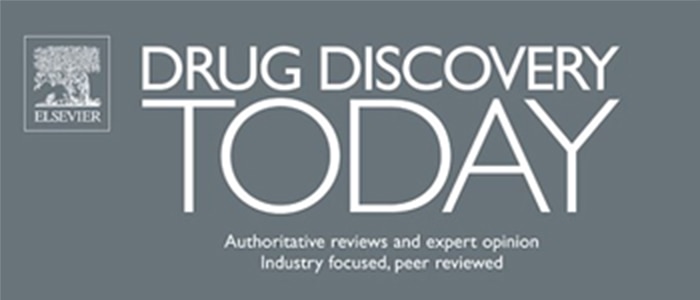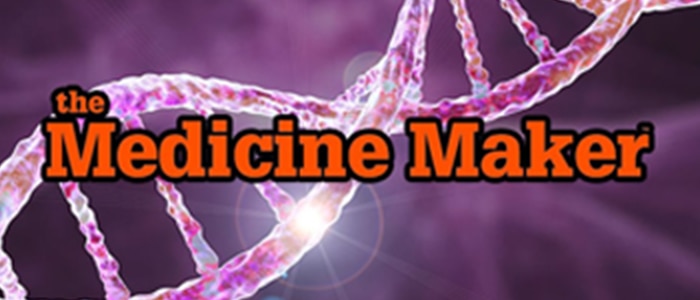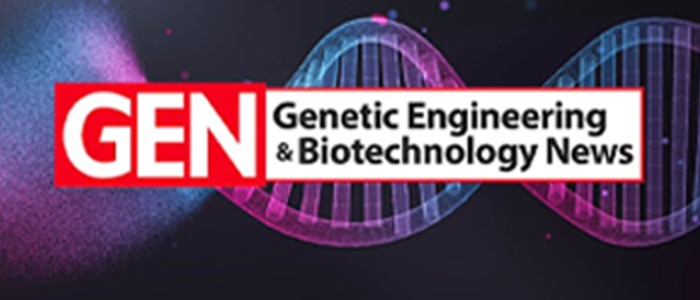Transforming Base Editing with the Novel Pin-point Platform
The Pin-point™ Base Editing platform, with its novel three-part design and strong safety profile, enhances base editing's capabilities by enabling simultaneous modification of several genes at once, expanding its application in human disease modeling. Base editing is a CRISPR-Cas9-based technology that allows researchers to make precision base changes in genomic DNA. Editing with such precision can be used to silence disease-causing genes, correct disease-associated mutations, and optimize cell therapies.
Pin-point base editing requires three key components:



The gRNA guides the modified Cas9 to a specific location in the genome where a single strand 'nick' is made in the DNA. Meanwhile, the deaminase enzyme is recruited to the site and modifies bases on the non-nicked strand, for example, C >T conversions. The modified DNA strand is then used as a repair template for the nicked strand to complete the base pair conversion.
The Pin-point platform's novel three-part design offers unparalleled flexibility to "mix and match" individual system components, allowing full optimization of each targeted gene edit.

Facilitating the widespread use of next-generation Gene Editing
Compared to traditional CRISPR technologies that create double-stranded breaks in the DNA, base editing only nicks one strand of the DNA making it safer for therapeutic use. In addition to reducing the risk of insertions, deletions, and other rearrangements, this single nick increases the base conversion efficiency.
We offer a range of Pin-point base editing products and services, as well as traditional licensing to the underlying patents and patent applications, to provide broad access to base editing across the research and therapeutic market. By democratizing access to base editing, the Pin-point platform is positioned to accelerate the development of novel treatments and possibly cures for genetic disorders.
Key applications include:
Benefits of the Pin-point platform include:
 MODULAR SYSTEM for
optimized research
MODULAR SYSTEM for
optimized research HIGH EFFICIENCY
gene editing platform
HIGH EFFICIENCY
gene editing platform MULTIPLEX EDITING
across several targets
MULTIPLEX EDITING
across several targets IMPROVED SAFETY over
standard CRISPR-Cas9
IMPROVED SAFETY over
standard CRISPR-Cas9 VERSATILE
TECHNOLOGY for targeted editing
VERSATILE
TECHNOLOGY for targeted editing VALIDATED
PERFORMANCE in T cells and iPSCs
VALIDATED
PERFORMANCE in T cells and iPSCs








